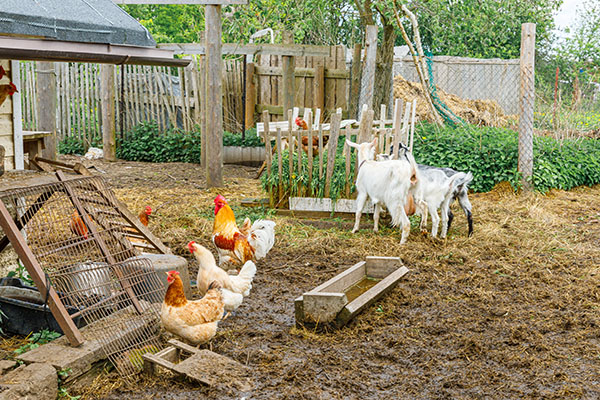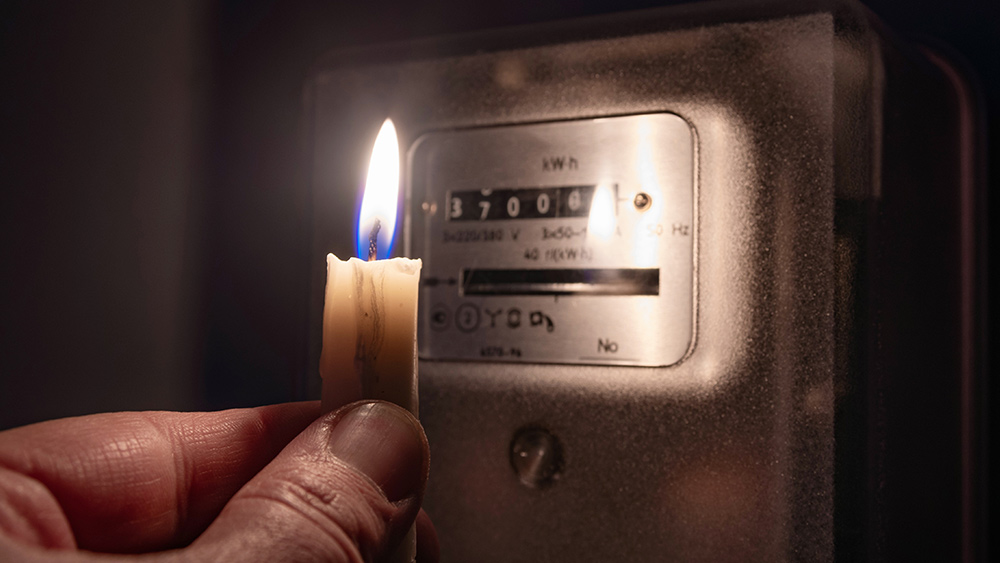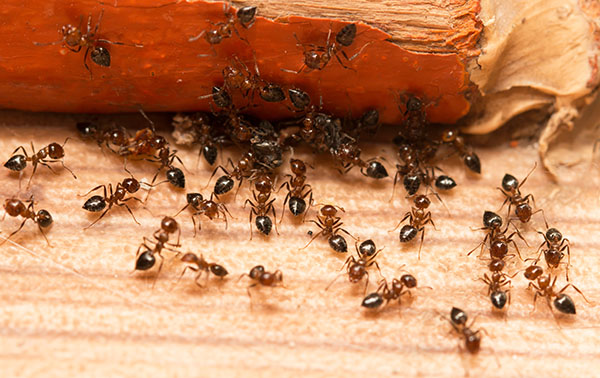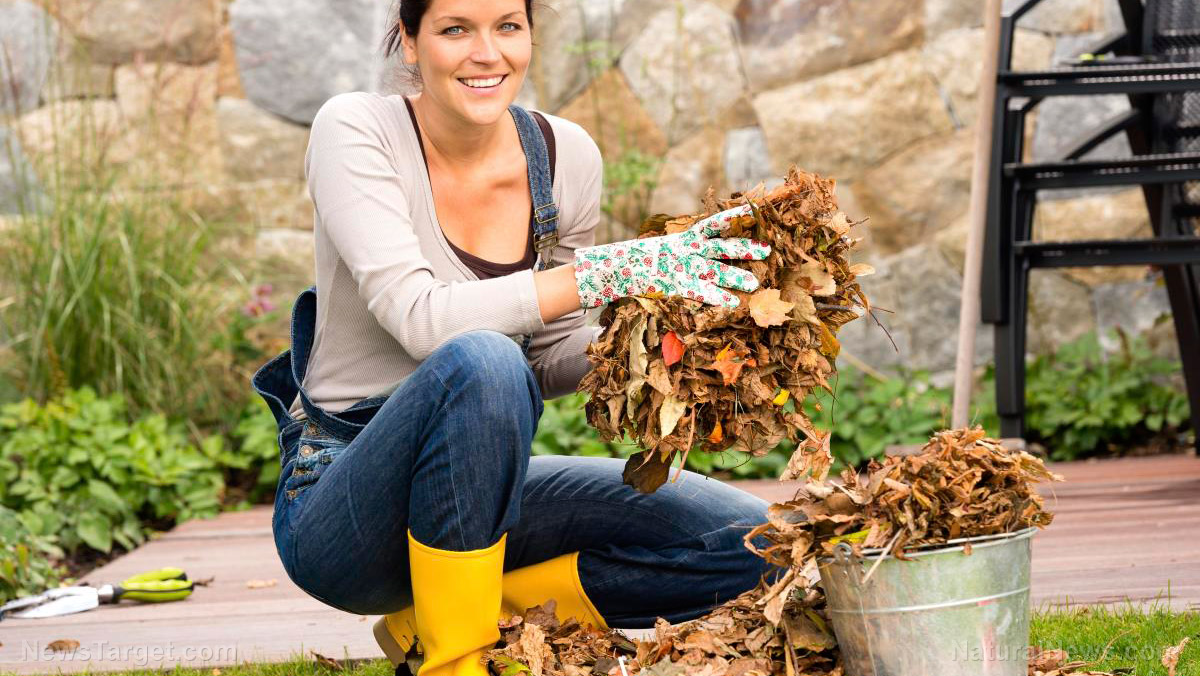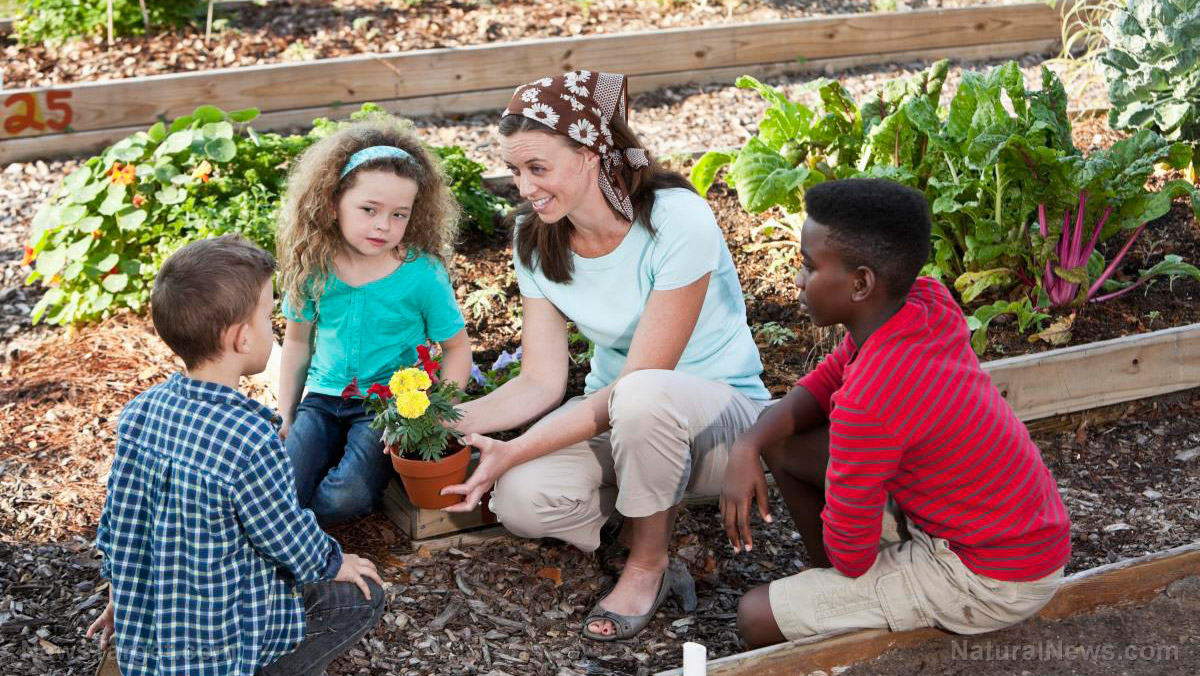9 Ways to feed your chickens for FREE
08/09/2023 / By Olivia Cook

Prohibitively expensive feed costs are often one of the biggest complaints of people trying to raise chickens. But there are some alternatives that won’t break your wallet.
Here are some ways to feed your chicken for free. (h/t to TheHomesteadingHippy.com)
Get your chickens to free range
Getting chickens to free range can be a challenge – especially if you consider factors, such as predator risk, disease and the quality of the forage content. Consider these positive aspects of free-ranging chickens:
- It makes them healthier. A healthy chicken will be able to slowly build up immunity to diseases, protozoa, bacteria and parasites it encounters while free-ranging.
- Free-ranging your flock offers an excellent source of daily stimulation. It helps prevent bad boredom behaviors, such as bullying, cannibalism, fighting and pecking.
- It gives them exercise and keeps your flock in shape, healthy and at a decent weight so they can stay productive.
- It provides a natural diet that puts their nutritional needs within their control. It also gives your flock the chance to eat free-choice foods and even consume a wider range of nutrients than what could be present in regular formulated rations of commercial chicken feed.
- It keeps your flock’s living space cleaner with the less time they spend in their coup and enclosure – the more usable nutrients a chicken consumes, the less waste it will expel.
A way to encourage chickens to free range is to provide them with food and water in different areas of the yard so that they have an incentive to explore their surroundings. With a little patience and effort, most chickens can be trained to free range.
Feed back their eggshells
Crushing eggshells into ½ inch sizes or so and feeding them back to your chickens is the easiest, most economical way to give them some extra calcium. Pieces smaller than that will pass through your chickens’ systems too fast and not be absorbed as well as larger pieces.
Eggshells should always be free-choice in a container separate from the feed so each chicken will eat as much or as little as it needs. Feeding your chickens shells from store-bought eggs or a friend’s or neighbor’s chickens is NOT recommended.
Extra eggs
If you have a large flock, feed those extra eggs back to your hens. Hard-boiled, poached or scrambled – they aren’t picky at all. This will also give them some extra protein, which will boost feather production, especially during their molting season.
Garden rejects
According to Murano Chicken Farms, funny-shaped veggies, hard peas and beans, split tomatoes and other pesticide-free homegrown garden rejects are perfect to use as free and nutritious chicken feed.
Weeds and yard waste
Weeds, like crabgrass, dandelions, purslane, stinging nettles, thistles and even plantain are delectable to your birds. Feed them to your chickens. Yard waste, like bush clippings, grass and leaves, is home to lots of creepy crawlies that your hens will love to munch. Collect these and drop them into your chicken pen. (Related: Feed your backyard chickens for free with garden produce, common weeds.)
Start a grazing box
A grazing box is essentially a raised bed or planter with chicken wire stretched over the top or protected hardware cloth. The seeds – grains and greens – grow through the chicken wire or taller than the hardware cloth, which allows your chickens to peck at without digging up the soil or the root systems. This works especially well with kale, lettuce and spinach that will regrow from the stems.
Grow a chicken garden
If you don’t like the idea of letting your flock into your garden, grow one just for them with your leftover seeds. Plant them right in the chicken pen or adjacent area. You may want to block off access until your chicken garden gets established or they’ll eat up those tender little shoots. Once their garden starts producing, let your birds have access to the feast.
Compost pile
You can safely feed your chickens with compost – especially if you put one right in your chicken pen.
Compost pile includes yard waste, butchering scraps, fruits and vegetable scraps, kitchen leftovers and anything else you routinely compost that is still technically safe but no longer appetizing, such as bread heels, freezer-burned meats, stale Cheerios and wilted lettuce. It is not recommended that you feed your chickens moldy or spoiled food.
The pile will also attract worms and insects that will be a feast for your feathered friends. In turn, they will fertilize it, scratch it and turn it for you so you won’t have to do the work.
Maggot bucket
If you find the very thought of maggots repulsing, have no fear because your chickens will love them and you won’t have to touch them at all. All it takes is a simple five-gallon bucket with holes drilled in the bottom.
Suspend the bucket a few feet over the chicken pen, and put something in it like roadkill, deceased livestock pieces or raw butchering leftovers. The rotting carcass will attract flies, which lay eggs that turn into maggots. The maggots will fall out of the holes in the bucket and feed your chickens. Gross, but effective.
Visit Homesteading.news for more articles like this.
Watch this video that talks about chickens for long-term food prepping.
This video is from the SHTFPrepping 101 channel on Brighteon.com.
More related stories:
Update from the Health Ranger ranch: Baby chicks, moringa and the winter food supply.
Chickens that dink untreated water don’t grow as fast as poultry given clean water.
Chickens, cows and more: Things to consider before choosing livestock for your homestead.
Sources include:
Submit a correction >>
Tagged Under:
chicken, chicken feed, food supply, free-ranging, green living, homesteading, off grid, organic farming, Poultry, preparedness, prepper, prepping, survival, tips
This article may contain statements that reflect the opinion of the author
RECENT NEWS & ARTICLES
Homesteading.News is a fact-based public education website published by Homesteading News Features, LLC.
All content copyright © 2018 by Homesteading News Features, LLC.
Contact Us with Tips or Corrections
All trademarks, registered trademarks and servicemarks mentioned on this site are the property of their respective owners.



